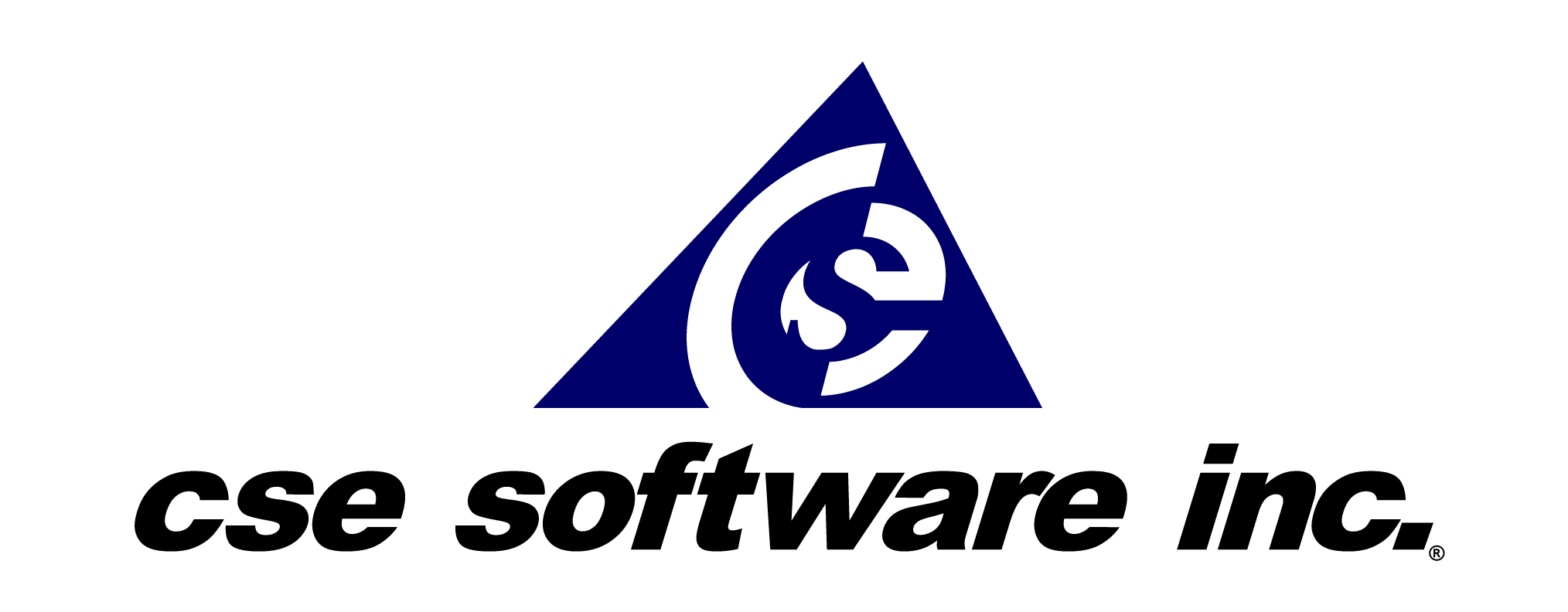“Industrial simulators drive firm’s growth, move to Maxam Building”
by Steve Tarter for the Peoria Journal Star, 4/02/12

There’s nothing simulated about the success that CSE Software has achieved.
The firm that recently moved into the third and fourth floors of the Maxam Building in Downtown Peoria has made its reputation through the design and production of simulators for Caterpillar Inc. and other companies.
Ken Pflederer started the company in 1990 with a staff of one, himself. Today, there are 70 employees, with 55 of them occupying the 20,000 square feet of space available at the 316 SW Washington St. site, just across the street from the Peoria Riverfront Museum.
“We’ve been looking for the right location since 1998. The downtown site fits us. We might run into a Cat customer down by the (lunch) carts, plus it was the right time to buy,” said Pflederer, acknowledging that the city of Peoria has been “phenomenal” to deal with in making the move from Morton.
With partners Renee Gorrell and Lara Aaron, Pflederer has overseen a company that’s grown dramatically in the last two years. “We added 25 people in just the last year,” said Gorrell.
CSE is a full-service shop, not just designing software for simulations, but managing the building of the models locally as well as providing sales and support services. “Our quality assurance team is on the job 24-7 with a live voice – no menus,” said Gorrell.
Many of the CSE workers that sit in front of computers in the company’s renovated third-floor offices are young. Pflederer estimates the average age at about 30.
That might explain the Nerf gun competition scheduled for a Friday lunch hour. “We have fun. You have to with a high-energy, creative team,” said Gorrell.
Andy Grabenstetter, a project manager in the development division, sits at the controls of a simulator, putting a simulated mining tractor through its paces.
While the simulator has the look and feel of a game, it’s a serious business – and a booming one. The company estimates that it sells between 200 and 250 simulators a year, with the average price running from $20,000 to $35,000 per model. “Flight simulators have been around for years, but it’s really just started in the heavy equipment industry,” said Pflederer.
The owners of expensive over-the-road equipment want to make sure that operators are prepared when they get behind the controls, he said.
On CSE simulators, those controls are the same as you’ll find on the actual machine, noted Gorrell.
Simulators have other uses besides training. “They can also help with employee screening and testing,” she said.
While Caterpillar may be the company’s biggest client, it’s not the only one, said Gorrell. Along with heavy industry, other markets include the military and medical industry, she said.
With 50 percent of the firm’s sales overseas, CSE looks to expand its global footprint. “We’re about to take on South America,” said Pflederer.
“You’ve got interest (in simulators) from trade schools in Brazil, a country that will soon host World Cup and Olympics events, he added.
To meet the growing demand, new business developer Stacey Burris works closely with Bradley University on finding talent, said Pflederer.
The demand for future simulators will come in all shapes and sizes, he said. “One size doesn’t fit all. Our niche is in providing custom products for the customer,” said Pflederer.
“You’ve got mobile simulators that can play on an iPad. The bottom line is that simulation training is the wave of the future,” he said.




